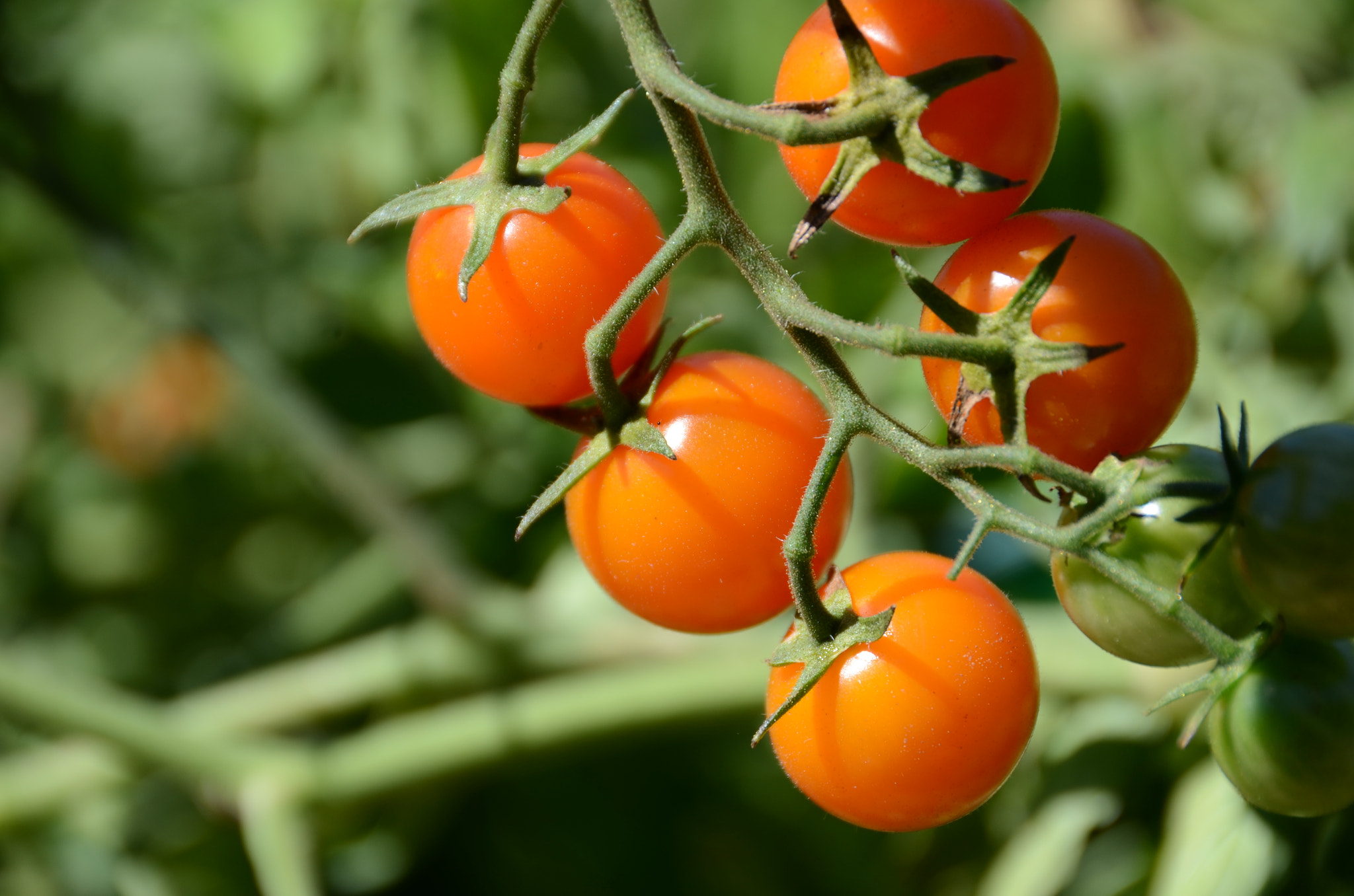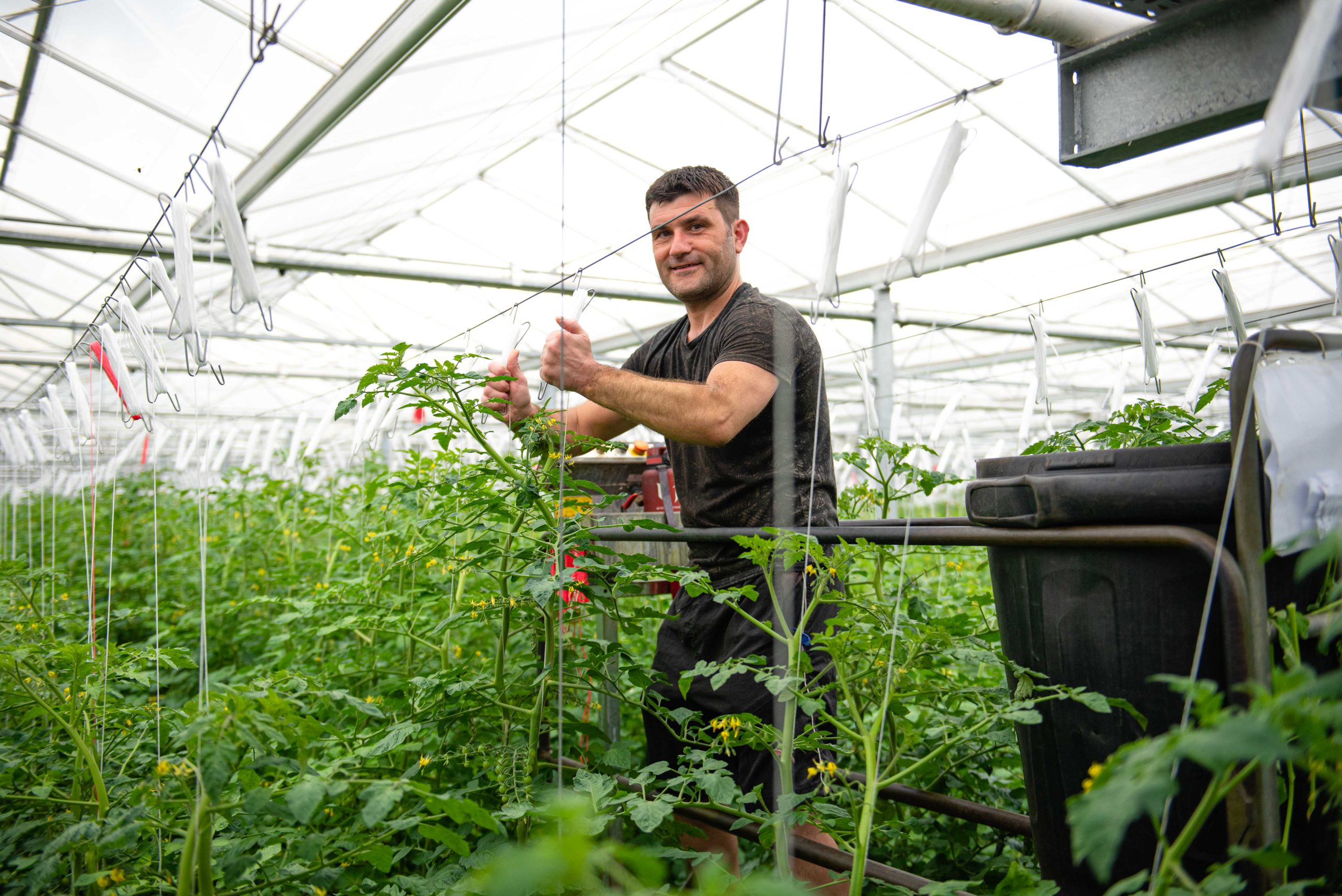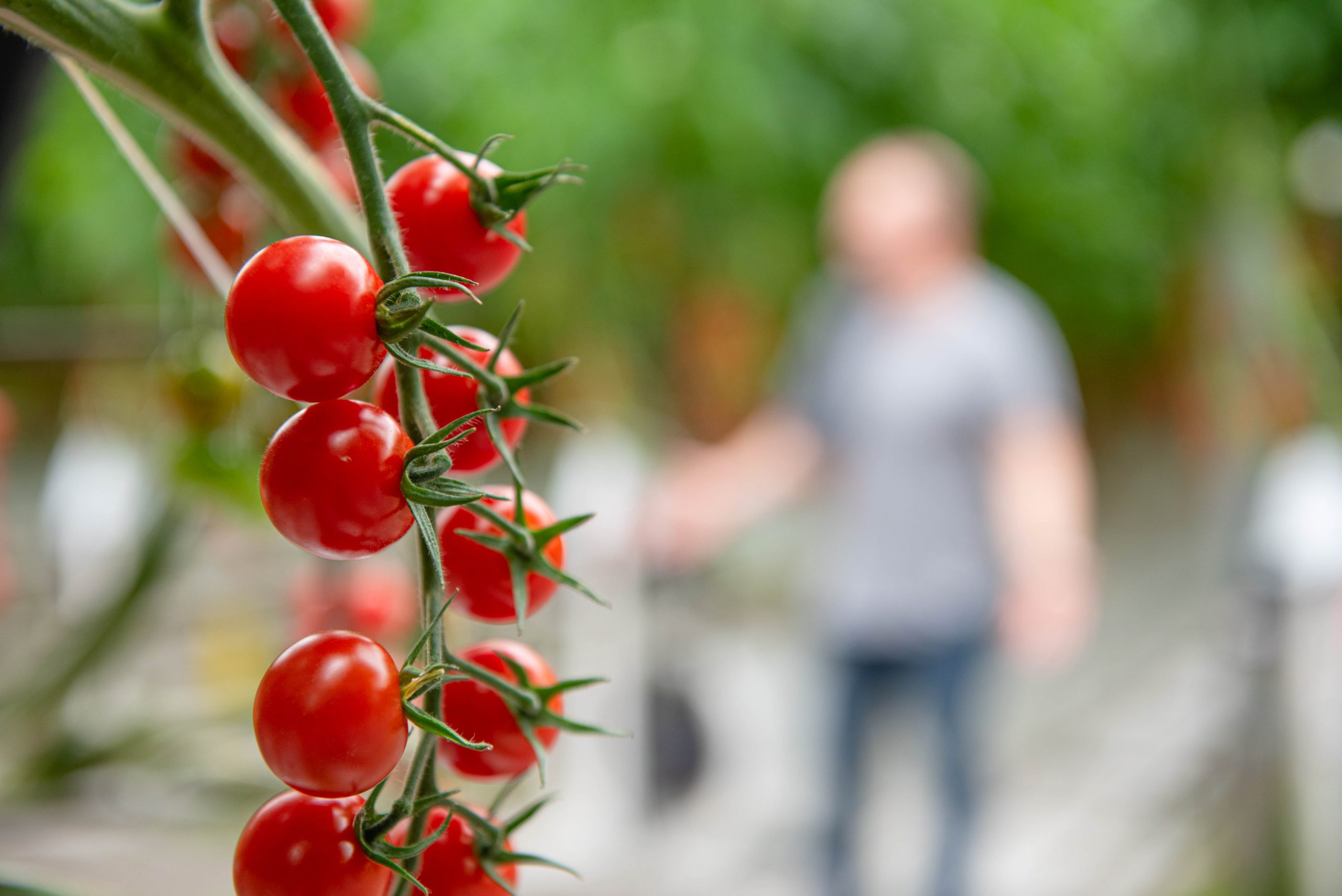As winter fades away for another year, and the days gradually lengthen, spring invites gardeners to tend to their beloved tomato plants. These vibrant and versatile fruits thrive in the warmer temperatures and increased daylight so here are three essential tips to ensure your tomatoes flourish as the season unfolds!
- Provide a Gradual Transition
As the last frost disappears, resist the urge to rush your tomatoes into the great outdoors. Opt for a gradual transition to the open garden. Begin by introducing them to outdoor conditions for a few hours each day, gradually extending the time. This acclimatisation process, known as hardening off, helps plants adjust to the increased sunlight and temperature variations. Shielding young tomato plants from unexpected cold snaps ensures a robust start to their outdoor tenure.
- Encourage Healthy Growth
Spring is the opportune moment to engage in thoughtful pruning. Assess the overall health of your tomato plants and identify any crowded or damaged branches. Prune away these superfluous stems, allowing for increased air circulation and sunlight penetration. Pinch off the lower leaves that may come into contact with soil, minimising the risk of soil-borne diseases. This meticulous pruning not only fosters a more vibrant plant but also directs the plant’s energy towards fruitful endeavours, enhancing the yield of those coveted tomatoes.
- Feed the Soil and the Plants
Spring is a season of revitalisation, and your tomato plants crave a nutrient-rich environment. Prioritise the soil health by amending it with well-rotted compost or organic matter. This infusion of nutrients fortifies the soil structure and enhances water retention. Consider a balanced fertiliser application to supply the essential nutrients tomatoes crave. Remember, moderation is key. Over-fertilising can lead to excessive foliage growth at the expense of fruit production. Strike a balance, providing your tomatoes with the nourishment they need for a bountiful harvest.















